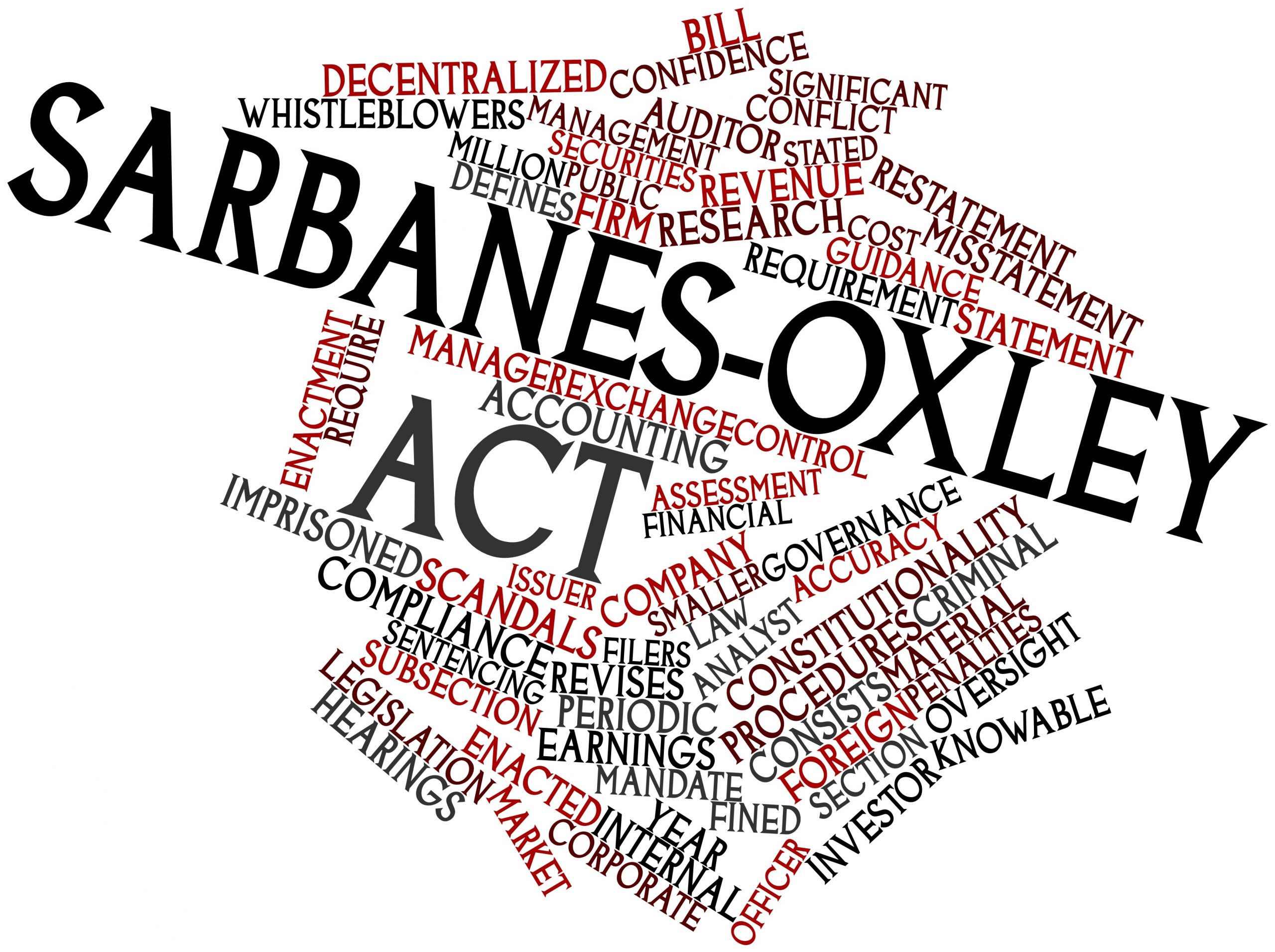

(2013) adopt an expanded understanding of (accountancy) fraud by adding three elements to the triangle: the act of fraud, its concealment, and the resulting ‘conversion’ (the benefit to the fraudsters). The classic framework for studying fraud is the so-called ‘fraud triangle’, consisting of the incentive (or pressure) to commit fraud, the opportunity for fraud, and its rationalisation by perpetrators (for a brief explanation, see Hollow, 2015). A conceptual framework for the historical study of fraud and scandals Below, a conceptual framework will be developed to structure an analysis aimed at generalisation.ġ.

( 2013) or do not otherwise attempt to generalise their findings. This perspectives article aims to derive general insights from the available set of (business) historical studies about business scandals and fraud, even when the individual studies do not follow a quantitative approach as favoured by Cooper et al. Still, we may safely assume that historians are often inclined to regard an extensive empirical description as an end in itself. This common wisdom is not entirely accurate, as currently at least a substantial minority of authors publishing in the leading business history journals do try to embed their research in existing theoretical and empirical literature and to generalise their findings (de Jong, Higgins, & van Driel, 2015). Their criticism is in line with the general impression that historians, including business historians, tend to write isolated case studies with little eye for the bigger picture.

( 2013) refer to two of them, concluding that they ‘do not articulate a theory to explain fraud or offer much guidance about combatting it’ (Cooper et al., 2013, p. Historical case studies of fraud would seem to be of special merit in investigating this further. What is labelled fraud differs from time to time and from place to place. Recent reviews of the relevant literature acknowledge that fraud is a social construction (Cooper, Dacin, & Palmer, 2013 Greve, Palmer, & Posner, 2010).

To keep the number of aspects to be discussed within manageable boundaries, this article focuses exclusively on financial fraud involving asset misappropriation or provision of false or misleading financial information (see Section 3 for details), and allied scandals. In practice, fraud and scandals will often coincide, and this perspectives article therefore covers both scandals and fraud, acknowledging that public outcry may also be caused by dubious practices which are not unmistakably fraudulent. In its turn, fraud, which the same dictionary briefly defines as ‘criminal deception’, is not necessarily subject to public outcry. Business scandals often – but not always – imply some kind of fraud. Business scandals are likely to call into doubt existing business practices and may be turning points in the way these practices are regulated. 3) start their book on business scandals with the Oxford English Dictionary’s definition of a scandal: ‘an action or event regarded as morally or legally wrong and causing general public outrage’. Since the emergence of the Enron affair in 2001 and the WorldCom debacle in the following year, scholarly interest in business scandals has grown substantially.


 0 kommentar(er)
0 kommentar(er)
